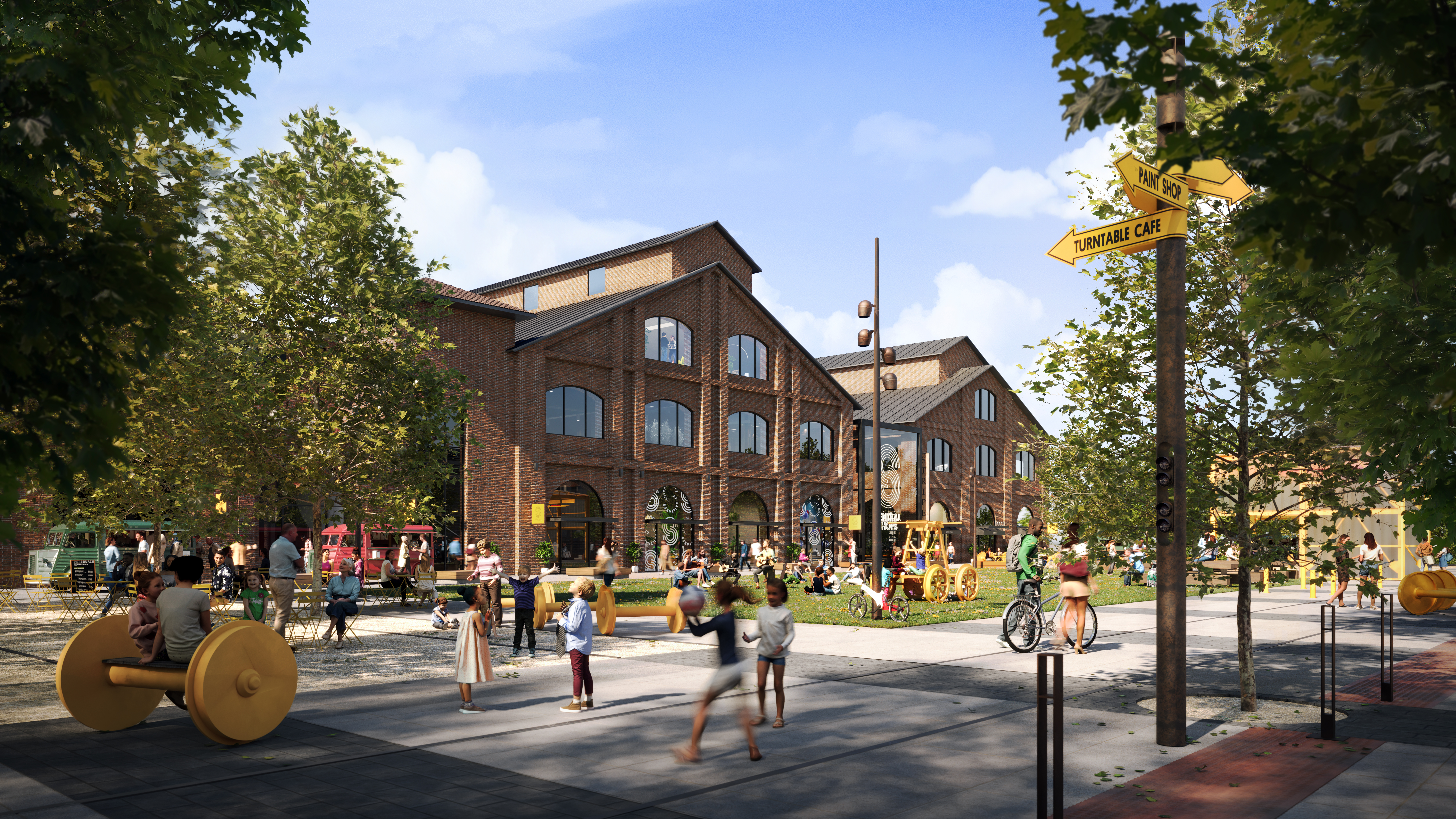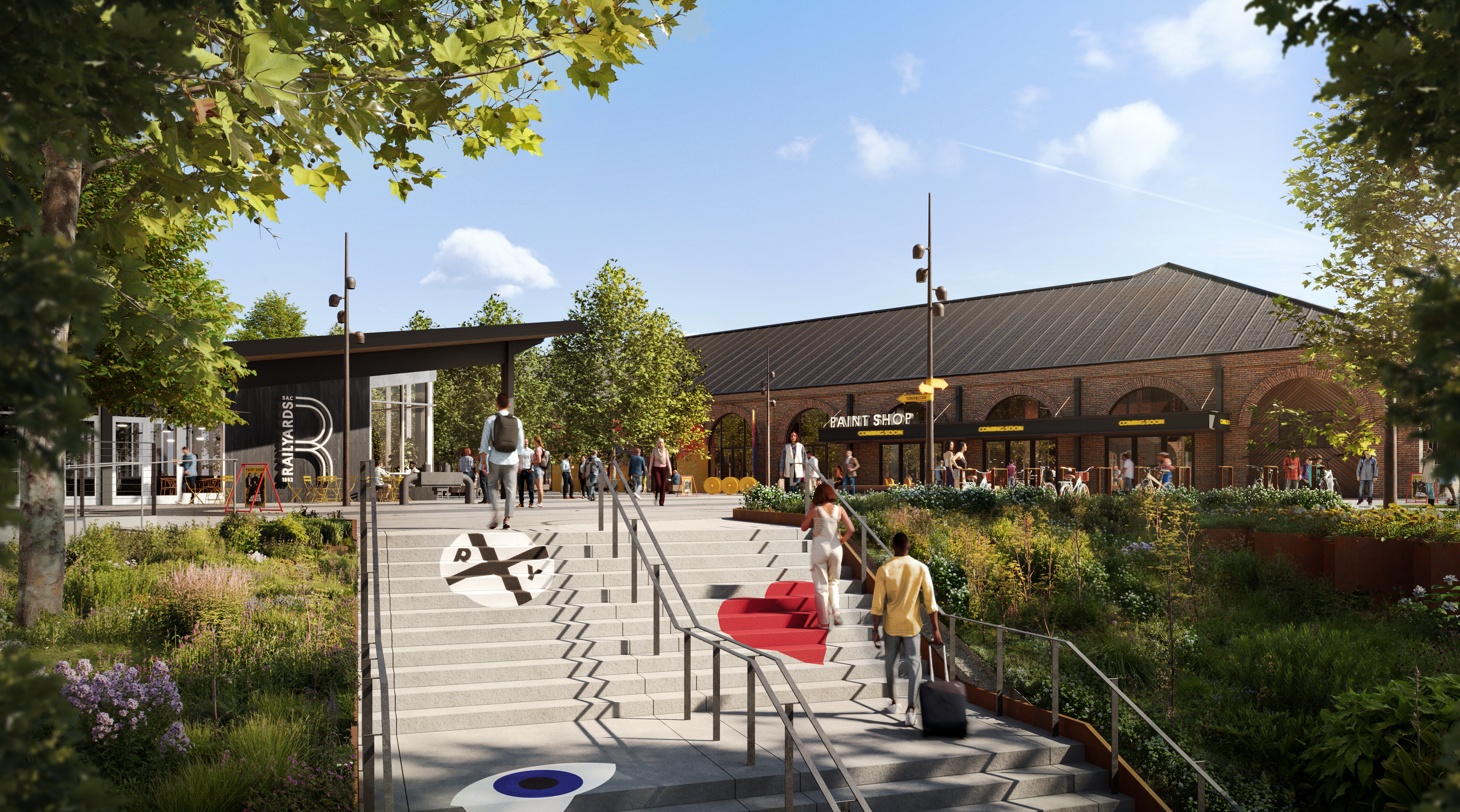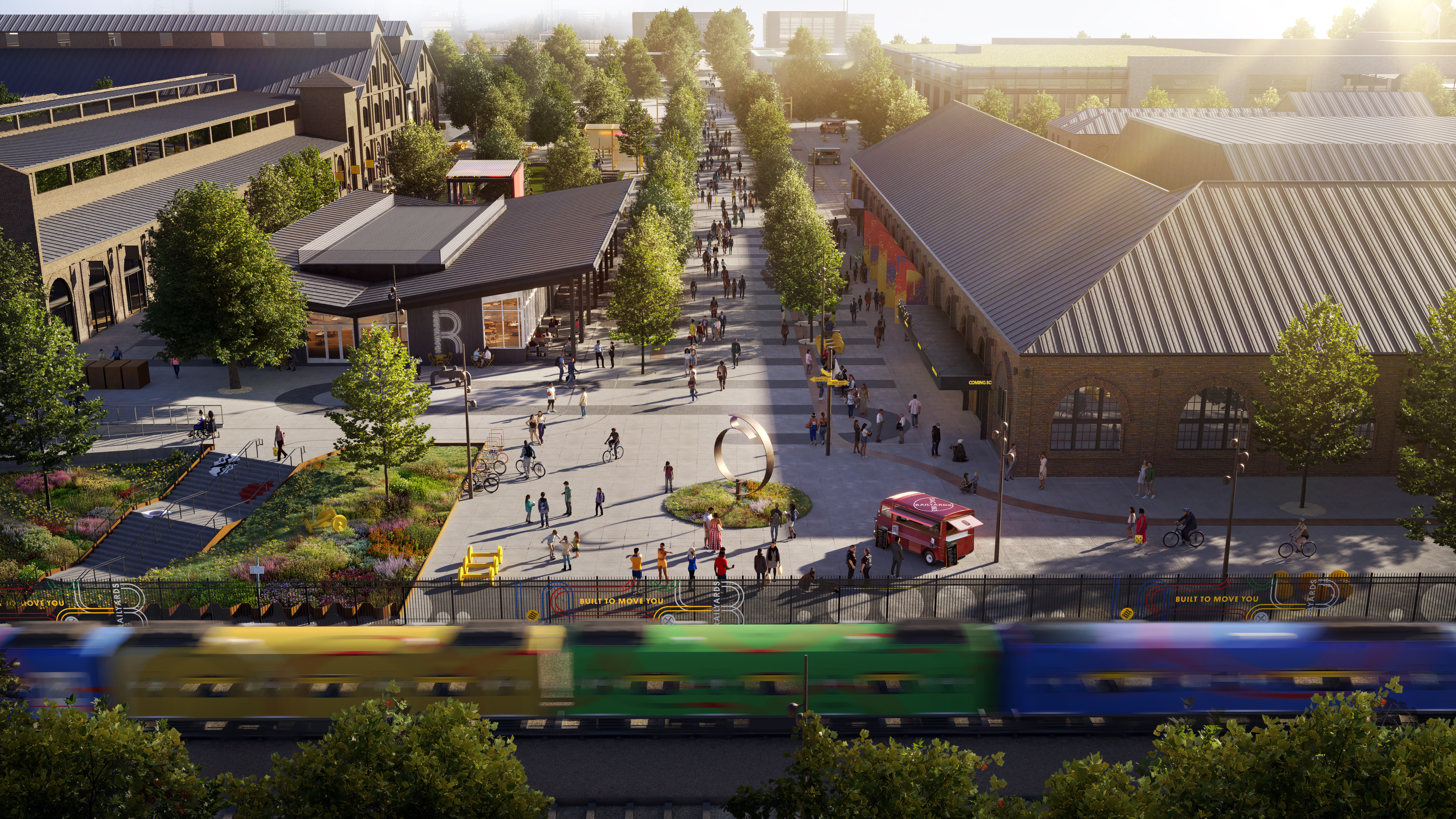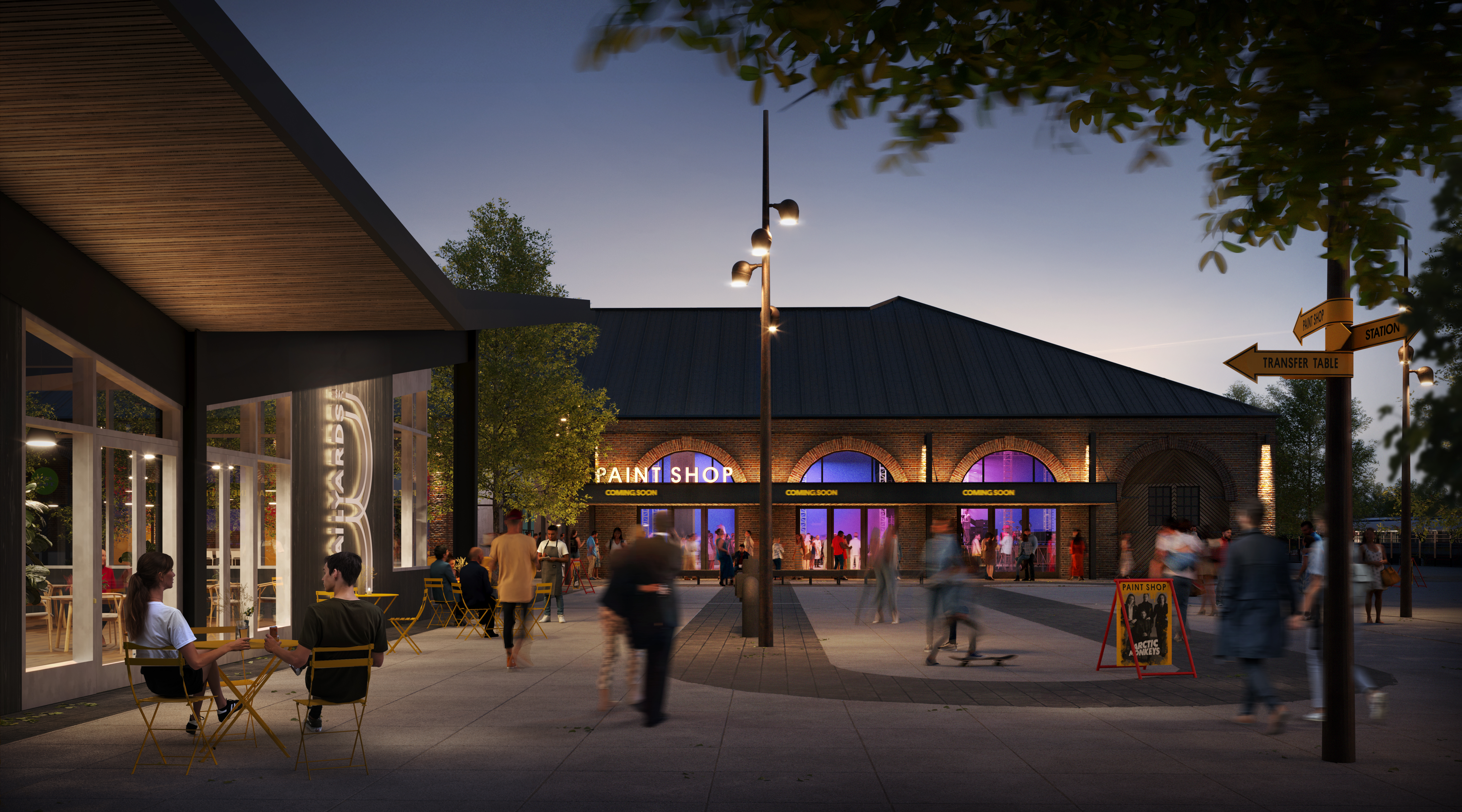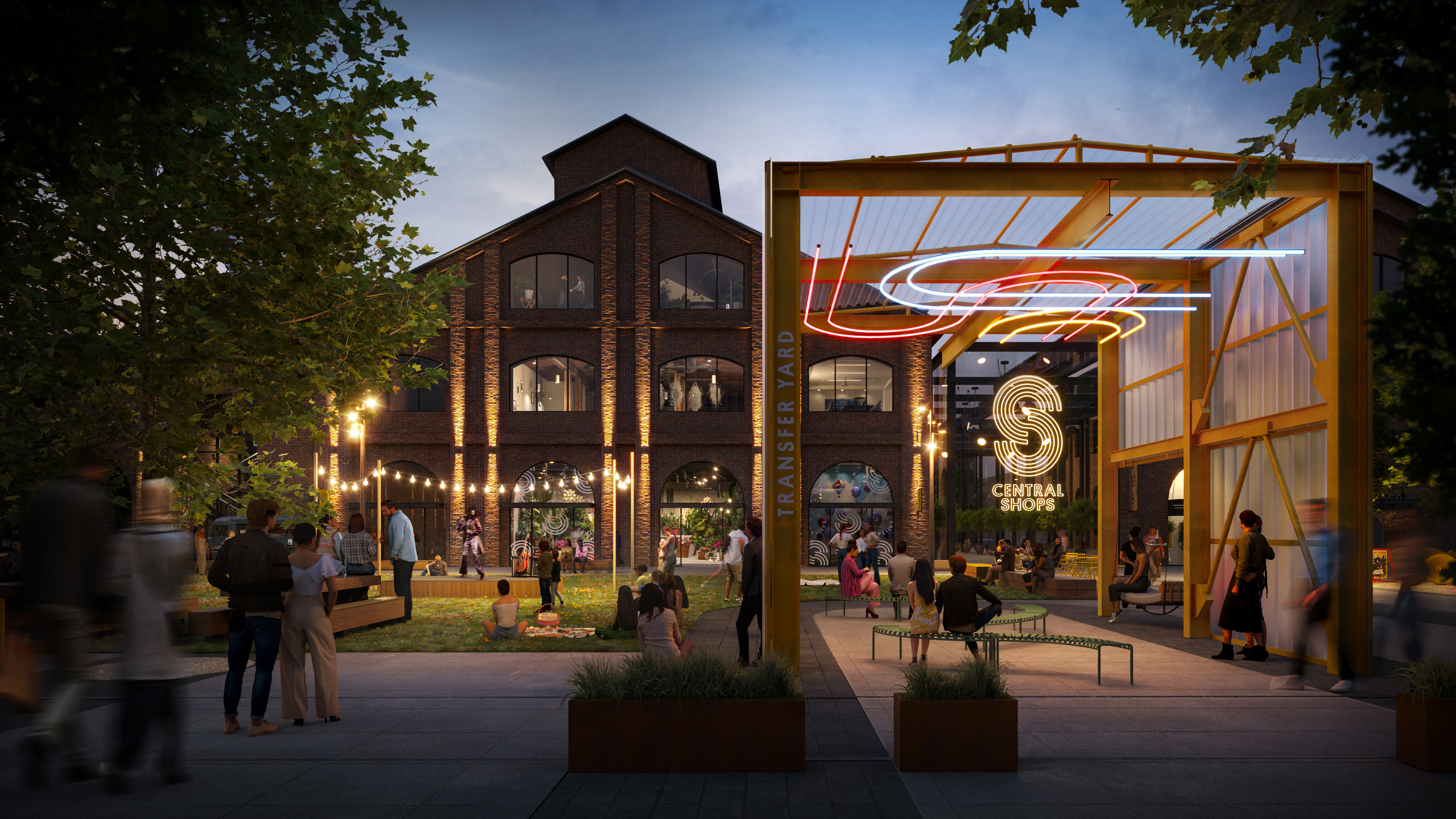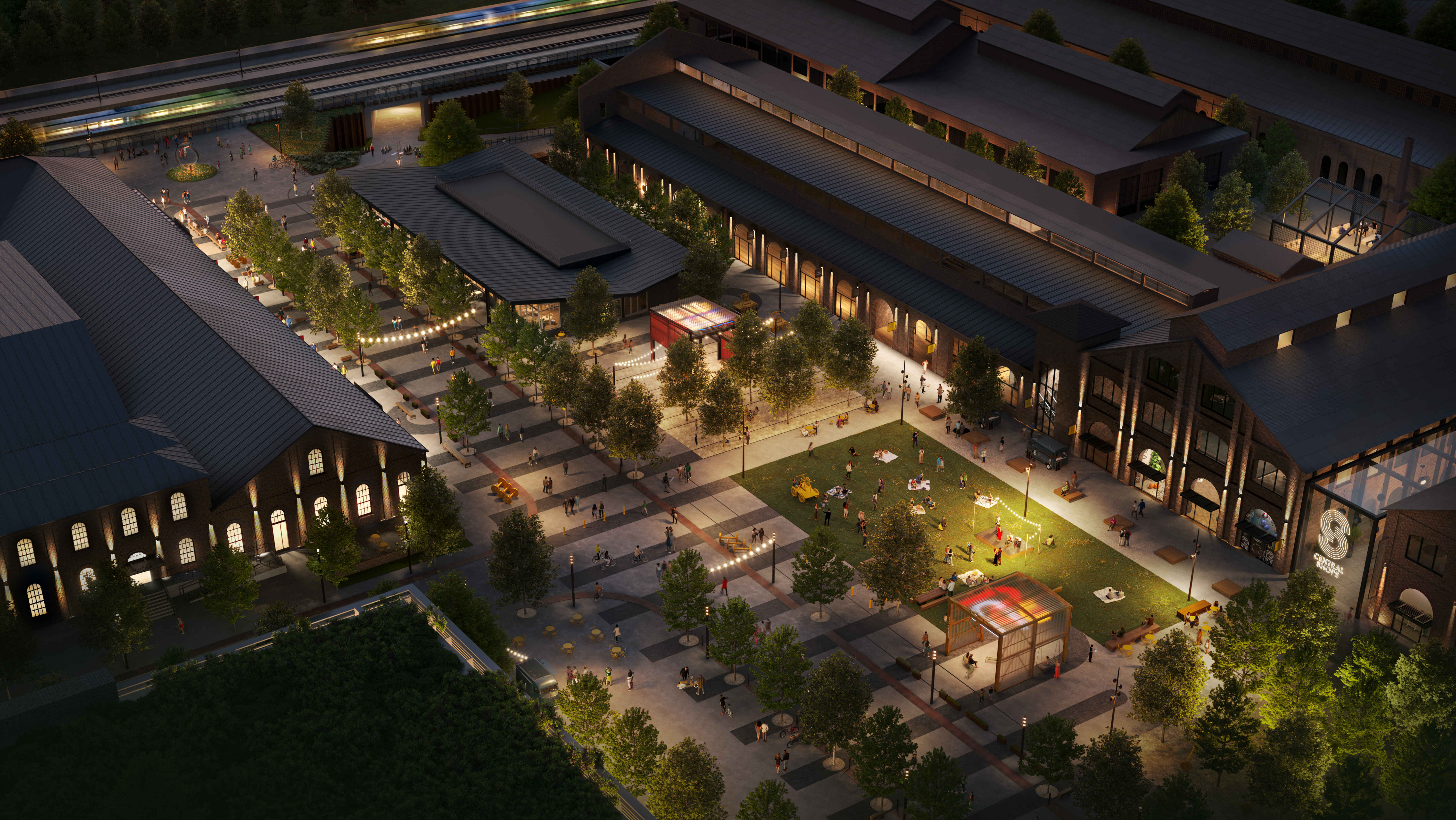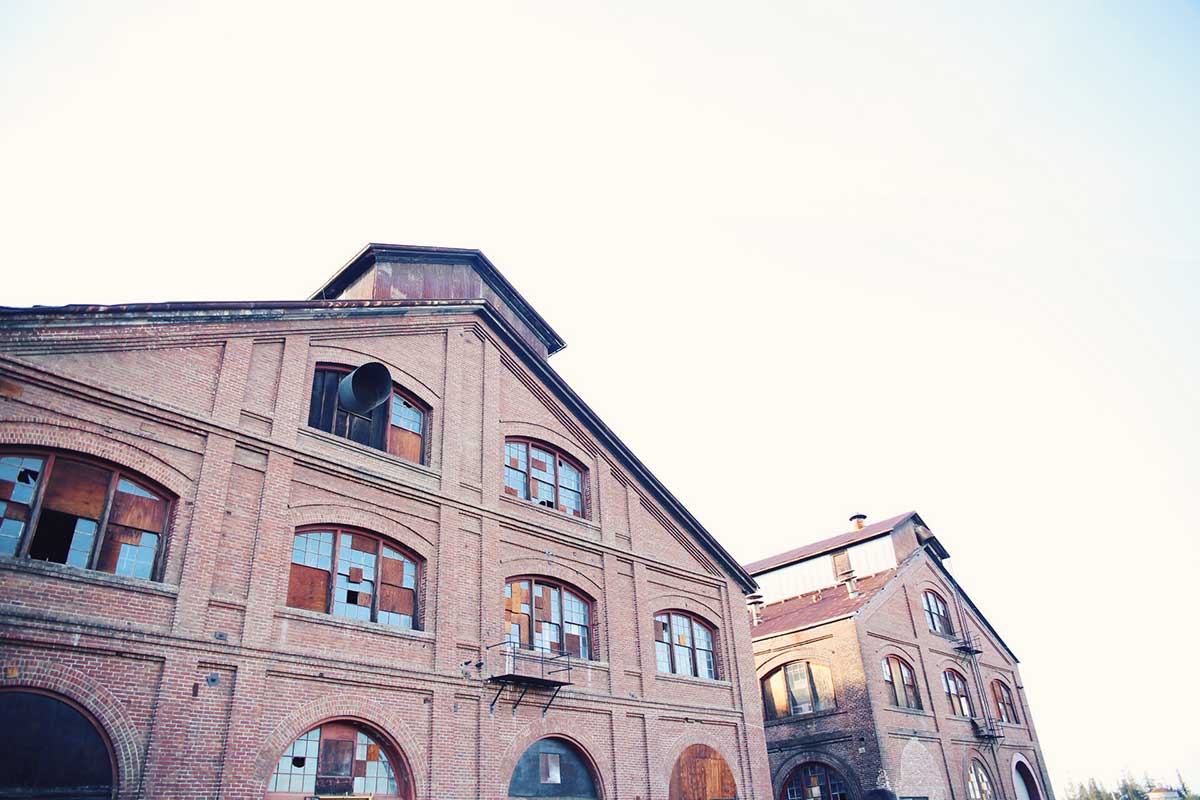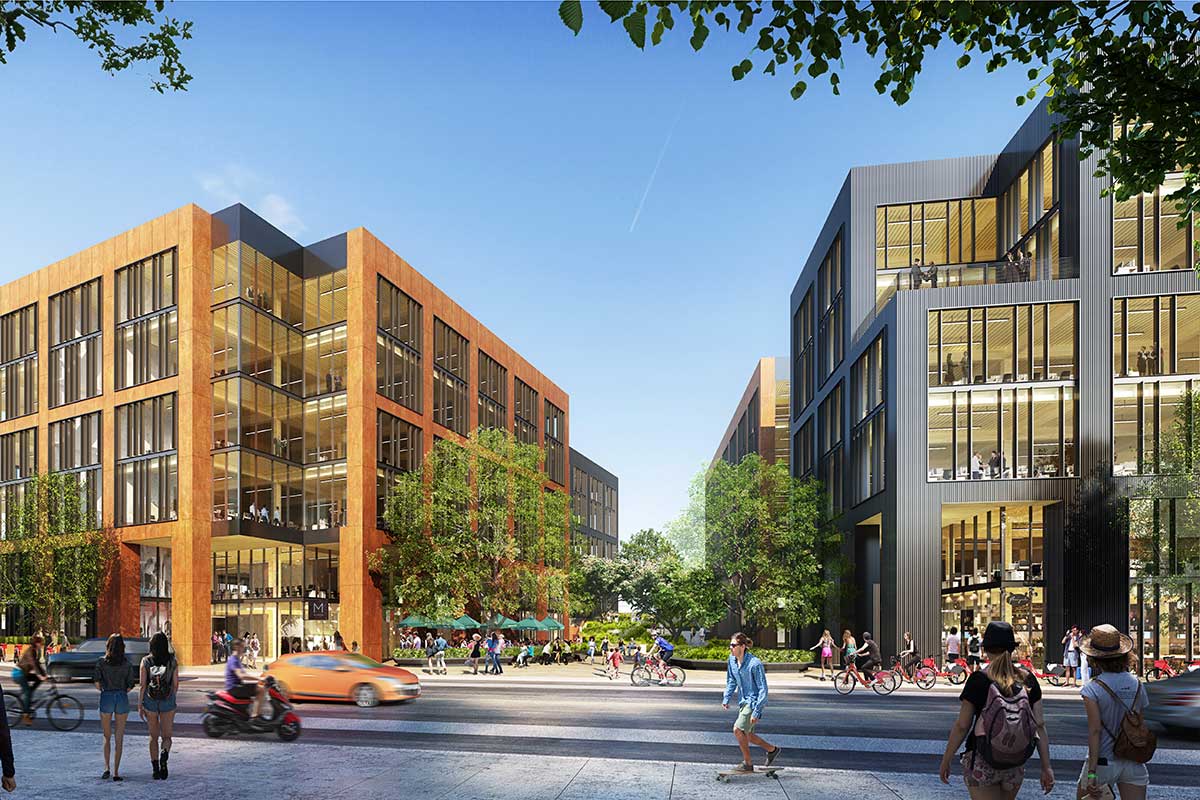
August 25, 2025 / Author: the Railyards
Discover the definition of an innovation district and learn how these exciting spaces can grow communities.
Across the country and around the world, cities are embracing innovation districts: vibrant neighborhoods that blend business, education, culture, and community in one walkable, connected space. These areas drive economic growth and create hubs where residents, workers, and visitors can collaborate, learn, and connect.
What Is an Innovation District, and Why Do They Matter?
An innovation district is defined as a geographic area where anchor institutions and other companies connect with start-ups and businesses. They are physically compact, easily accessible by transit, and offer mixed-use housing, office, and retail space.
An innovation district brings together:
- Economic Assets, including research and medical institutions, start-ups, community colleges and other learning centers, restaurants, retail spaces, etc.
- Physical Assets that bring the space together, such as parks, co-working areas, common eating areas, and other locations.
- Networking Assets like industry-specific conferences, classes, and other local events that focus on building community.
The term “innovation district” was made popular by Bruce Katz and Julie Wagner of The Brookings Institution in their 2014 report “The Rise of Innovation Districts." These vibrant areas arose as a response to the economic turmoil following the Great Recession in 2008. Since then, the concept has spread worldwide, including thriving urban centers in Barcelona, Seoul, Stockholm, Atlanta, Boston, San Diego, and many more.
There are three models of innovation districts:
- Anchor Plus Districts are centered around mixed-use development “anchored” by major institutions and related innovative organizations. These are often found in downtown and midtown areas of cities. Think of Aggie Square in Oak Park, Sacramento, anchored by UC Davis’s Sacramento Campus.
- Re-imagined Urban Areas transform industrial or warehouse districts into bustling hubs thanks to proximity to transit, historic buildings, and other downtown areas. They are often found along historic waterfronts.
- Urbanized Science Parks are often found in a suburban area and urbanize a more isolated innovation district with activities such as retail and restaurants.
Innovation Districts breathe new life into cities by creating jobs, revitalizing urban areas, and connecting communities.
Spotlight on The Railyards Innovation District
The Railyards Innovation District will usher in a new era of growth for the area, offering a vibrant hub of economic potential supported by a sustainable, walkable community.
The area will be anchored by a state-of-the-art Kaiser Permanente Medical Center and surrounded by a cluster of other technology, life sciences, and start-up companies. The innovation district offers easy access to regional transit, such as Sacramento Light Rail and Amtrak Capitol Corridor, and inspired collaboration spaces like the upcoming plaza park.
In addition to the Kaiser Permanente Medical Center, future residents and employees working in The Railyards Innovation District will enjoy:
- The Foundry, which combines office and retail spaces surrounding a courtyard park
- A new Sacramento County Courthouse, which will establish a legal services cluster at The Railyards
- The Sacramento Republic FC stadium, a 12,000-seat soccer stadium that broke ground in August 2025.
- The Central Shops, which give these historic buildings new life as the community’s heart, including the new Paint Shop Concert Venue
Examples of Other Innovation Districts
Innovation districts are supporting thriving communities throughout the US and around the world, not just here in Sacramento. Other examples include:
Kendall Square in Cambridge, MA
Kendall Square is known as an “anchor plus” innovation district, centered around institutions such as MIT and Massachusetts General Hospital. The community is home to amenities such as the MIT Museum and a 2-mile public art walk.
The Cortex District in St. Louis, MO
Washington University, Saint Louis University, and Barnes-Jewish Hospital anchor the Cortex District. The area offers dining, retail, and other opportunities.
South Lake Union Area in Seattle, WA
This re-imagined urban area, once a warehouse district, now offers a diverse mix of retail businesses, offices, and residential space. It is home to the University of Washington Medicine and the Fred Hutchinson Cancer Research Center.
Research Triangle Park in Durham, NC
Research Triangle Park is an iconic example of a research and development campus and is home to companies such as Cisco and IBM. The community offers multi-family housing, retail space, and other features.
From the shores of the Waterfront Park to the halls of the Kaiser Medical Center, each acre of The Railyards has been designed to foster an innovative, inviting community. Read more about the future of The Railyards.

